 W
WThis list of space artists includes artists who produce art about space and spaceflight, such as paintings of proposed space missions.
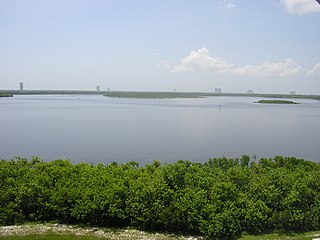 W
WCape Canaveral and adjacent Merritt Island on Florida's Atlantic coast are home to two American spaceports, one civilian and one military, servicing several active launch sites.
 W
WList of extraterrestrial memorials is a list of different types of memorials that are not on Earth.
 W
WList of Earth flybys is a list of cases where spacecraft incidentally performed Earth flybys, typically for a gravity assist to another body.
 W
WThe following is a list of bolides and fireballs seen on Earth in recent times. These are small asteroids that regularly impact the Earth. Although most are so small that they burn up in the atmosphere before reaching the surface, some larger objects may reach the surface as fragments, known as meteorites. A few of these are detected by NASA's Sentry system, in which case the impact is predicted in advance.
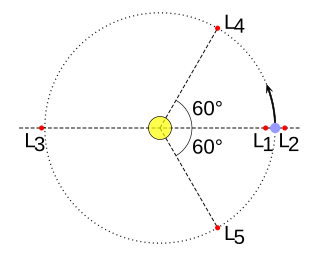 W
WThis is a list of known objects which occupy, have occupied, or are planned to occupy any of the five Lagrange points of two-body systems in space.
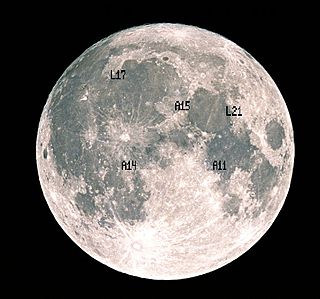 W
WRetroreflectors are devices which reflect light back to its source. Five were left at five sites on the Moon by three crews of the Apollo program and two remote landers of the Lunokhod program. Lunar reflectors have enabled precise measurement of the Earth–Moon distance since 1969.
 W
WThe United States has seen several space programs since the beginnings of spaceflight. The criteria for what constitutes spaceflight vary. In the United States, professional, military, and commercial astronauts who travel above an altitude of 50 miles (80 km) are awarded astronaut wings. The Fédération Aéronautique Internationale defines spaceflight as any flight over 62 miles (100 km). This article follows the US definition of spaceflight.
 W
WMissile Row was a nickname given in the 1960s to the United States Air Force and NASA launch complexes at Cape Canaveral Air Force Station (CCAFS). Operated by the 45th Space Wing of the USAF since 1949, it was the site of all pre-Apollo 8 manned launches, as well as many other early Department of Defense (DoD) and NASA launches. For the DoD, it plays a secondary role to Vandenberg AFB in California, but is the launch site for many NASA unmanned space probes, as those spacecraft are typically launched on Air Force launchers. Active launch vehicles are in bold.
 W
WThe following is a list of types of orbits:
 W
WThe following is a list of tools on a variety of platforms that may be used to predict the pass of an orbiting artificial satellite over a given point on Earth. They are used to generate a list of dates, times and directions when and where objects such as the International Space Station, Genesis, or Tiangong 1 space stations will be visible to ground observers, as well as many man-made objects that can be seen with the unaided eye including the Hubble Space Telescope.
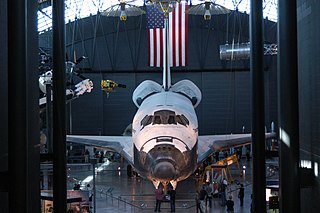 W
WThe List of space artifacts in the Smithsonian Institution includes space artifacts exhibited in the Smithsonian Institution's National Air and Space Museum, Steven F. Udvar-Hazy Center, and the Paul E. Garber Preservation, Restoration, and Storage Facility. The Smithsonian Institution's collection of space artifacts is the largest on display in the world.
 W
WThis "List of large reentering space debris" is a list of man made objects reentering Earth's atmosphere by mass. Many small objects such as CubeSats are destroyed by reentry heating, but some larger objects or components can survive. Most of the objects which reenter are relatively small; larger objects have survived but usually break up into smaller pieces during reentry.
 W
WThe following outline is provided as an overview of and topical guide to space exploration:
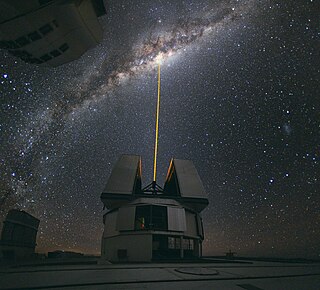 W
WThe following outline is provided as an overview of and topical guide to space science:
 W
WThis is a list of named geological features on Saturn's moon Titan. Official names for these features have only been announced very recently, as Titan's surface was virtually unknown before the arrival of the Cassini–Huygens probe. Some features were known by informal nicknames beforehand; these names are noted where appropriate. Note that some features with a physical size given by "diameter" may not be circular and actually refers to its length.